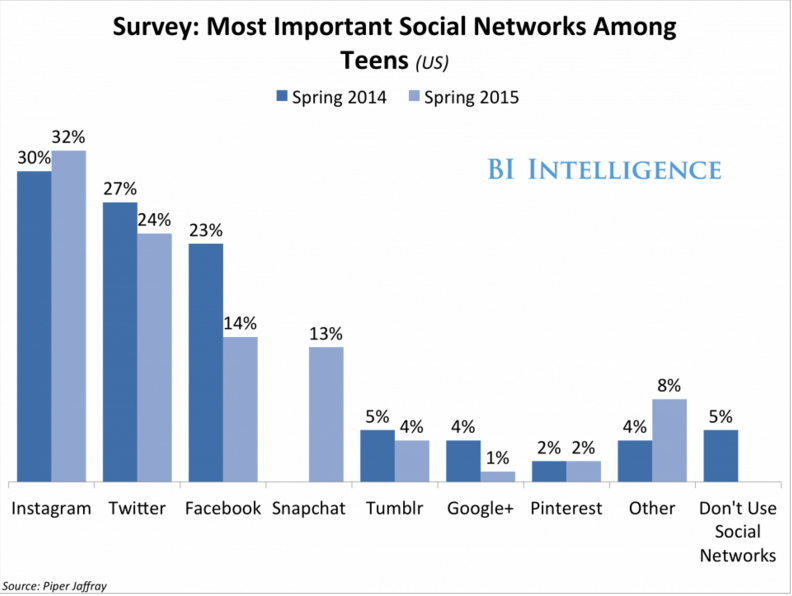I had a recruiting leader reach out to me recently and ask for help. They had some critical positions they needed to fill but weren’t having any success. The executives were all over her to get her team to fill these positions. The success of the company depended on it!
You feel her, right? We’ve all been there at one point or another in our careers.
She was looking for some advice about what they could do, because they tried everything, and she was at wits end. This exchange was through email, so the first thing I did was what I usually do. First, I check her LinkedIn profile to check her background. She was solid, good recruiting experience, good companies. Then, I check the company’s career site.
This is where I find most companies and ‘we’ve done everything’ start to fall down.
Nowhere on the first page of the company web page could you find a link to “Careers” or “Jobs” or “Positions”. Nowhere! Not at the top, not at the bottom. You could click on anything on their home page to get to what jobs they actually had open.
But, I’m a pro. So are you. We know exactly where it’s at. Click on “About” or “About Us”. Then scroll down to “Careers” and click on that. Then go through another click or three and you’ll actually find the jobs they have open and “desperately” need to fill.
I sent a message back and we set up a call. The first thing I said was you need to have some sort of link or button or something on the home page where people can access your open jobs with one-click. “I’ve tried getting that changed, but the executive in charge of the website (marketing) refuses to add it.” You need to go above that person’s head, and actually bring the executive who has the open jobs and explain to the CEO why this has to change.
“Yeah, but even then, this isn’t going to fill our jobs.” You know, you’re probably right, this one thing won’t fill your jobs, but this is indicative of how your executives don’t support recruiting in your organization. If your executives won’t allow you to make this one simple change, which is a clear best practice in every industry, they don’t truly care about filling these jobs.
Having your “Careers” site link under the “About Us” tab on the home page of your web page screams you have no idea what you’re doing in recruitment. Having executives that refuse you to move it, shows you they don’t care about recruiting. It’s really simple, and always 100% true.
Interviewing for a new Recruitment leadership position? Take a look at how easy it is to find jobs with the company. If it takes forever, ask in your interview how easy it will be for you to immediately change this. The answer you get will tell you everything you need want to know about taking this job or not.
Having your career site linked under “About Us” on your home page is the #1 way you can tell if executives support recruiting or not in a company.

